Concrete Cylinder Molds
৳ 3,700.00 – ৳ 6,900.00Price range: ৳ 3,700.00 through ৳ 6,900.00
Concrete cylinder molds are specialized containers used in civil engineering and construction to create standardized cylindrical samples of fresh concrete.Cylinder mold 150x300mm=3pcs with one tamping rod 1set
Concrete Cylinder Molds:
Concrete cylinder molds are specialized containers used in civil engineering and construction to create standardized cylindrical samples of fresh concrete. These samples are then cured and tested to determine the mechanical properties of the concrete, primarily its compressive strength.
Here’s a breakdown of what they are and why they’re important
Purpose:
The main purpose of concrete cylinder molds is to produce uniform concrete specimens that accurately represent the concrete mix used in a construction project. By testing these samples, engineers and quality control teams can:
- Verify concrete strength: Ensure the concrete mix meets the required strength specifications for a particular structure (e.g., building, bridge, highway).
Monitor quality: Identify any potential issues with the concrete mix or the mixing process.
- Make informed decisions: Guide decisions regarding the structural integrity and safety of the concrete in use.
How they are used (general process):
- Preparation: The mold is cleaned and, if reusable, a release agent is applied to prevent the concrete from sticking.
- Filling: Fresh concrete is poured into the mold in layers, with each layer being compacted (typically by tamping or vibrating) to remove air voids and ensure uniform density.
Leveling: Excess concrete is struck off the top of the mold to create a smooth, level surface.
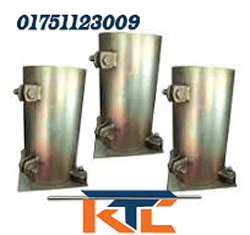
- Curing: The filled mold is covered and allowed to cure under controlled conditions (temperature and humidity) for a specified period, usually 24 hours initially.
- Demolding: After initial curing, the hardened concrete cylinder is carefully removed from the mold.
- Further Curing & Testing: The concrete cylinder is then typically cured further in a laboratory and eventually subjected to a compression testing machine to determine its ultimate compressive strength.
Types of Molds: Our Concrete cylinder molds products
- Concrete cylinder molds come in various materials and sizes:
- Plastic: Often single-use and disposable, made from non-absorptive materials like expandable polystyrene or heavy-duty ABS plastic. Some plastic molds are also reusable. They are popular for on-site use due to their convenience.
- Steel/Cast Iron: Reusable, durable, and resistant to rust (often zinc-plated). These are typically used in laboratory settings or for demanding applications. Steel molds often have a split design with clamps for easy specimen removal.
- Sizes: Common sizes include 2″ x 4″, 3″ x 6″, 4″ x 8″, and 6″ x 12″ (diameter x height). The 6″ x 12″ size is a very common standard.
Standards:
- The testing procedures and the dimensions and tolerances for concrete cylinder molds are governed by various international standards, such as:
- ASTM C39/C192: American standards for compressive strength testing and specimen preparation.
- EN 12390-1: European standard for testing concrete strength.
- AASHTO T23/T126: Standards from the American Association of State Highway and Transportation Officials.
- BS 1881:108: British standard for making, curing, and testing concrete compressive strength.
In summary, concrete cylinder molds are essential tools in quality control for concrete construction, allowing for the accurate assessment of concrete’s strength and performance.
Cylinder mold 150x300mm=3pcs with one tamping rod 1set
| concrete cylinder mold | 100x200mm, 150x300mm |
|---|
Be the first to review “Concrete Cylinder Molds”
You must be logged in to post a review.


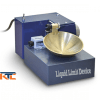
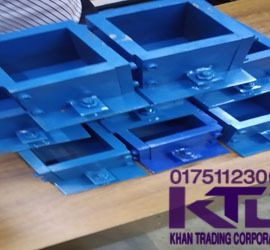
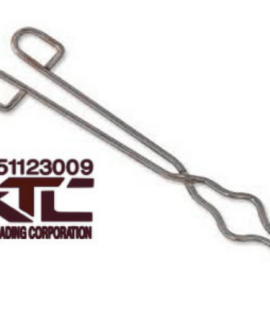
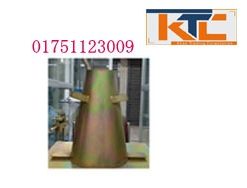
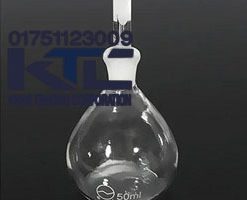
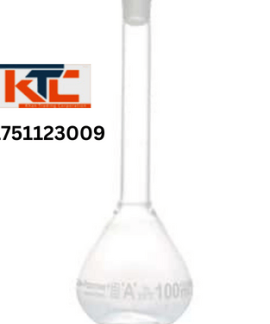

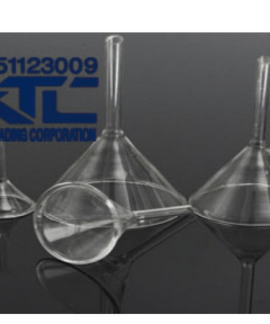
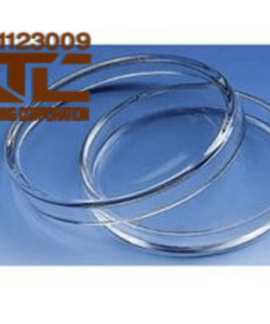
Reviews
There are no reviews yet.